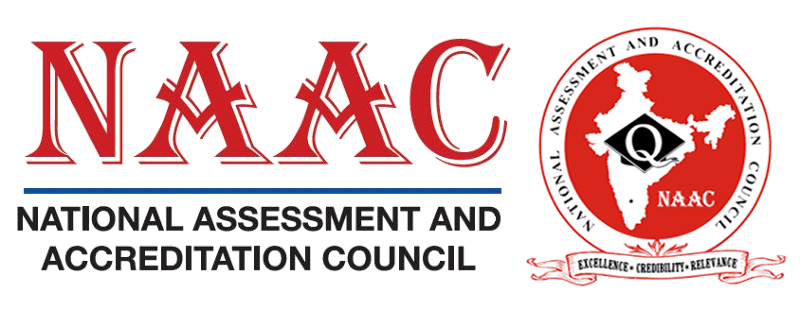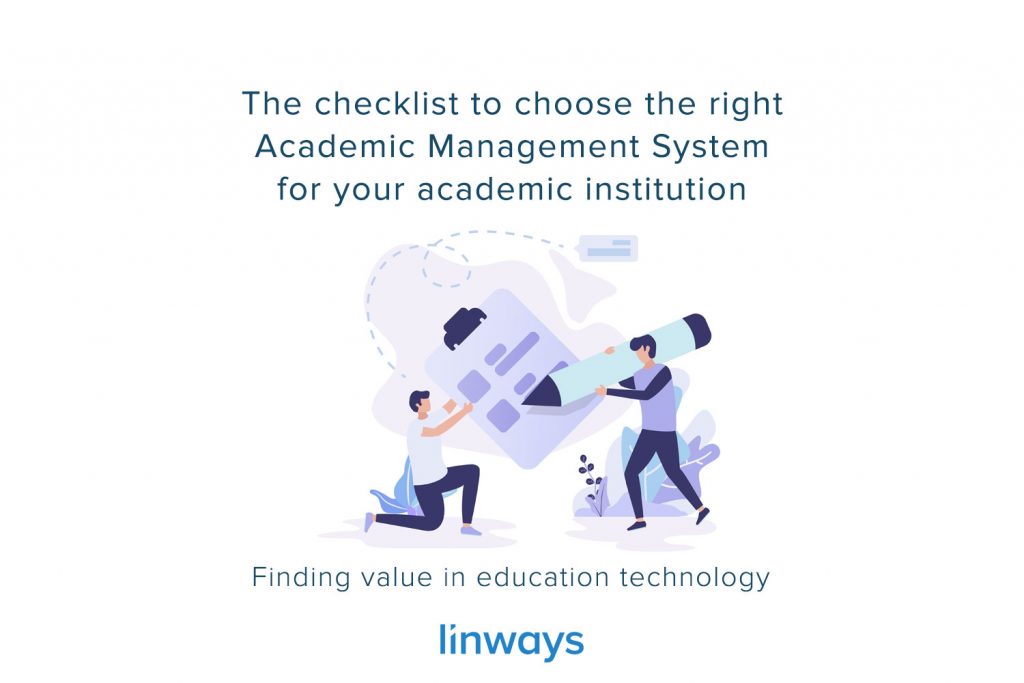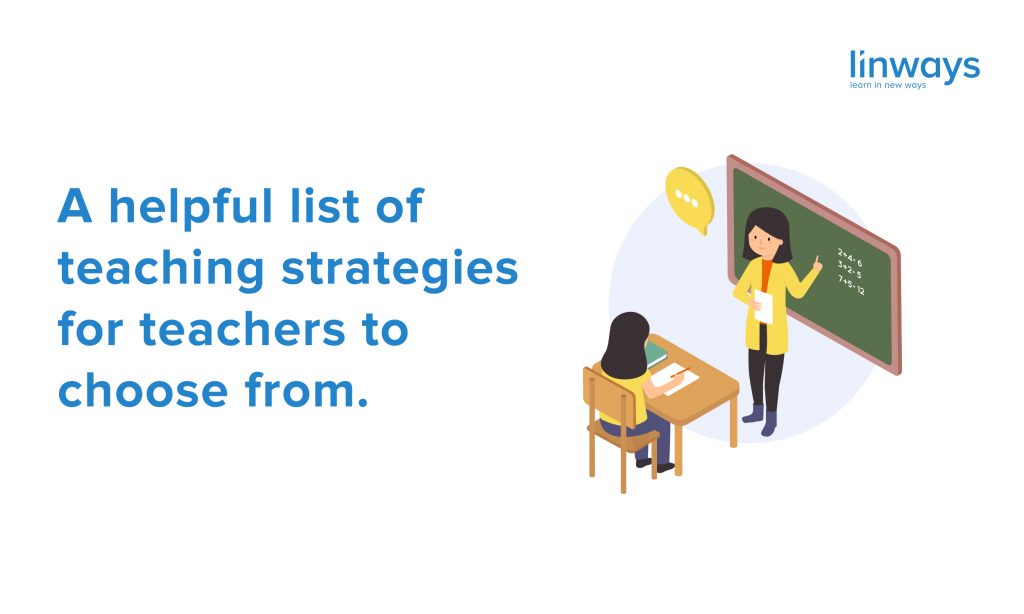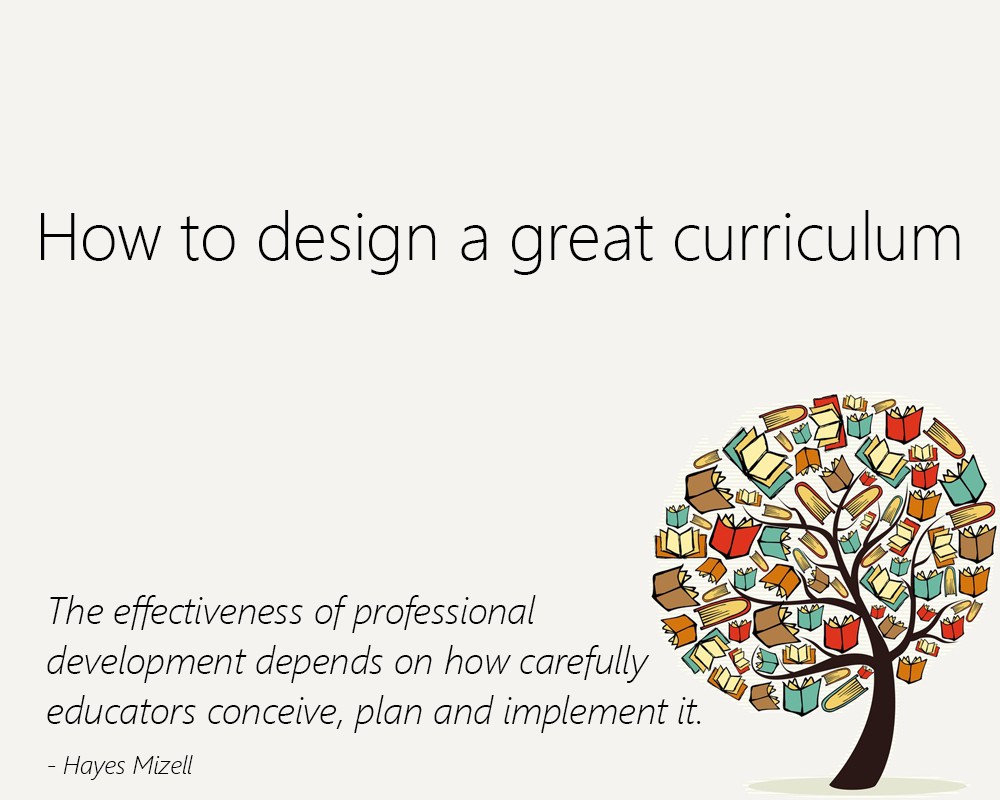
Not so long ago, we published a blog on the latest updates and revised accreditation parameters of the NBA accreditation. We also promised that we will keep bringing such important updates and news to you regularly. So this is us, keeping that promise.
We have been publishing blogs on NAAC for a while now. Those blogs are very well received, and we are following up on them by publishing “A handy guide on NAAC accreditation”.
But meanwhile, the NAAC has recently revised many of its guidelines and framework of accreditation. Reacting upon the rising need of quality assurance and institutional environment, the NAAC has re-framed their accreditation and assessment process to be more qualitative, and outcome based. These new revisions may have been triggered by the urge to stay relevant and internationally acceptable. Over the last few months, NAAC has conducted several rounds of stakeholder interactions, a national workshop and meetings with stakeholders.
Revised Assessment and Accreditation (A&A) Framework.
The Revised Assessment and Accreditation (A&A) Framework is launched in July 2017. It represents an explicit paradigm shift making the accreditation process ICT enabled, objective, transparent, scalable, and robust. The shift is:
- from qualitative peer-team judgement to a data based quantitative evaluation with increased objectivity and transparency
- towards use of ICT to ensure scalability and flexibility
- reduction in number of questions, size of the report, visit days, and so on to further simplify the process
- introducing pre-qualifier for peer team visit, as 30% of system generated score.
- introducing System Generated Scores (SGS) with combination of online evaluation (about 70%) and peer judgement (about 30%).
- in introducing third party validation of data and the possibility of associating in multiple agencies
- adopting a 100% off site evaluation of HEIs applying for 4th cycle accreditation; and conducting on-site visits only in exceptional cases
- in providing appropriate differences in the metrics, weightages, and benchmarks to universities, autonomous colleges and affiliated/constituent colleges
- in revising several assessment metrics to promote participation of students and alumni in the assessment process.
Focus of Assessment.
The NAAC continues with its focus on quality culture of the institution in terms of Quality Initiatives, Quality Sustenance and Quality Enhancement, organization, operations and the processes. The Revised Manual places greater confidence in the latter as reflective of internal institutional processes.
The self-evaluation process and the subsequent preparation of the Self Study Report (SSR) to be submitted to NAAC involves the participation of all the stakeholders — management, faculty members, administrative staff, students, parents, employers, community and alumni. While the participation of internal stakeholders i.e. management, staff and students provide credibility and ownership to the activity and could lead to newer initiatives, interaction with the external stakeholders facilitate the development process of the institution and their educational services.
Overall, the new A&A is expected to serve as a catalyst for institutional self-improvement, promote innovation and assure quality.

NB: After our book “A handy guide on NBA accreditation”, we are now about to publish “A handy guide on NAAC accreditation”. Put your email in the comments section and we will send one your way as soon as we publish it.




